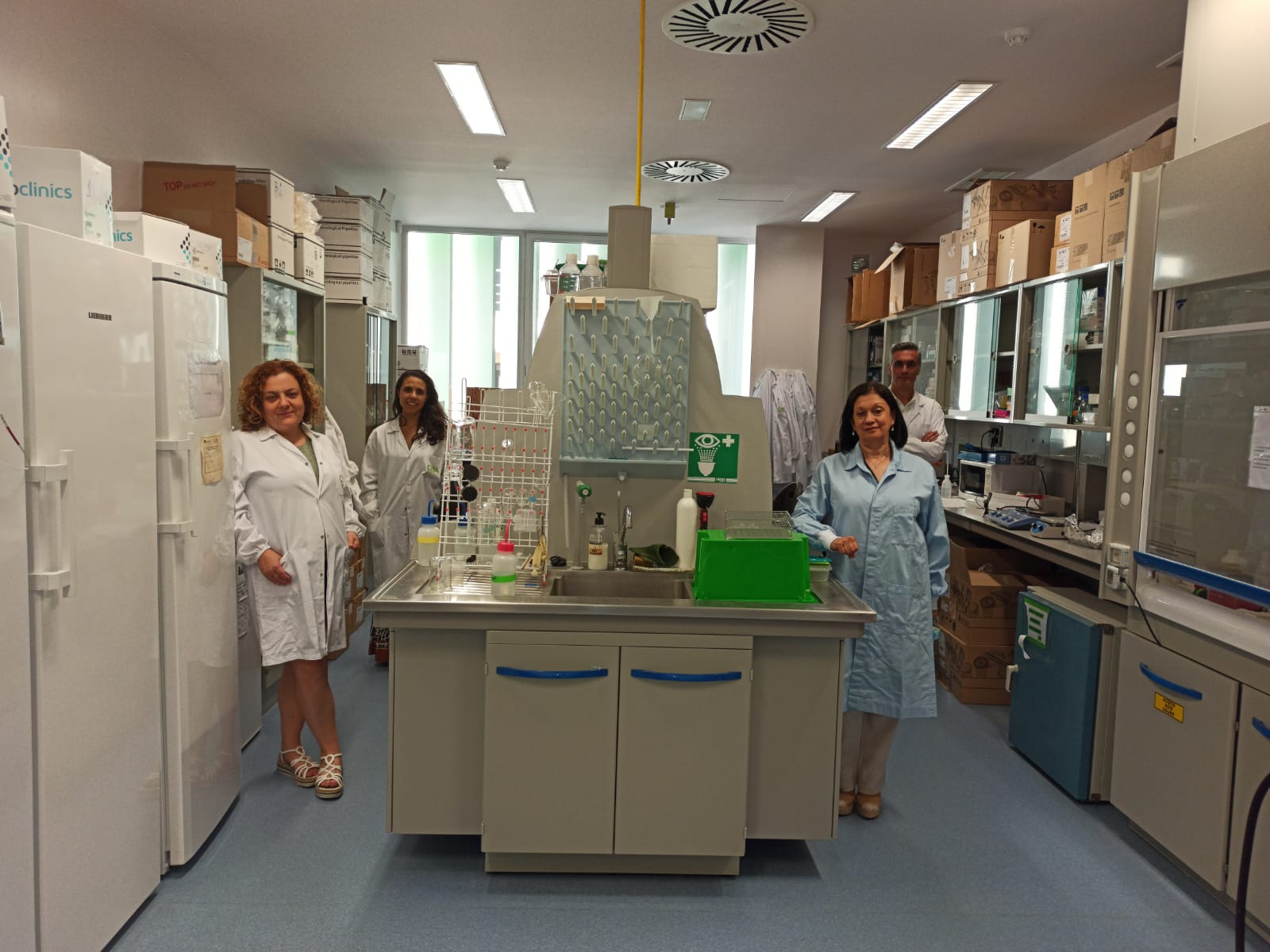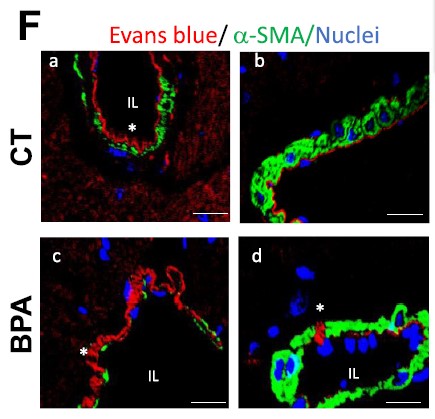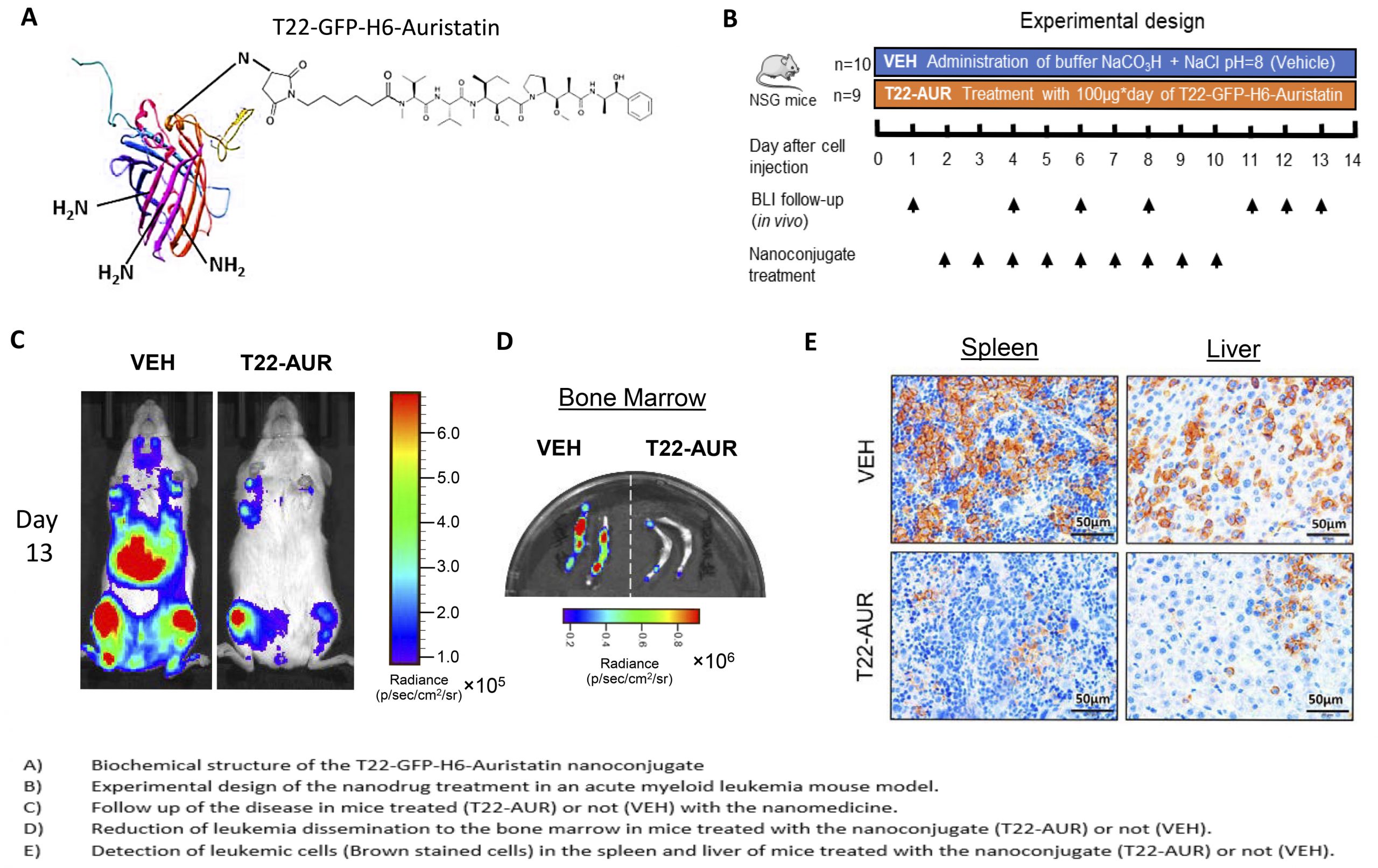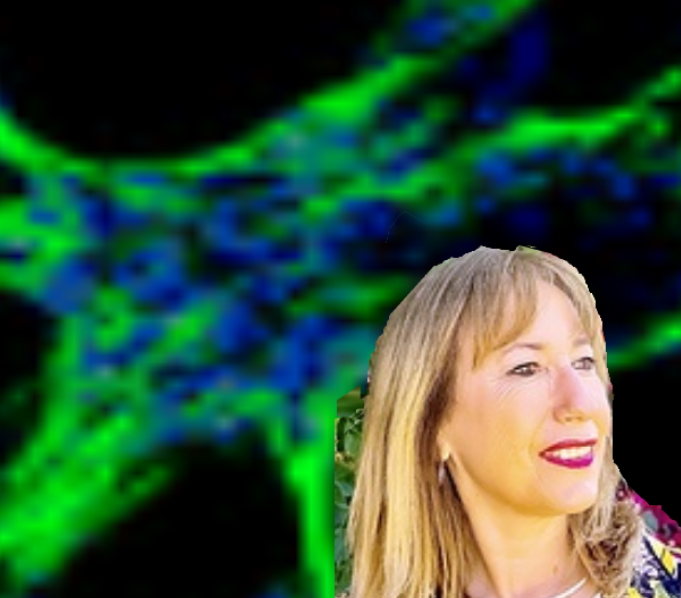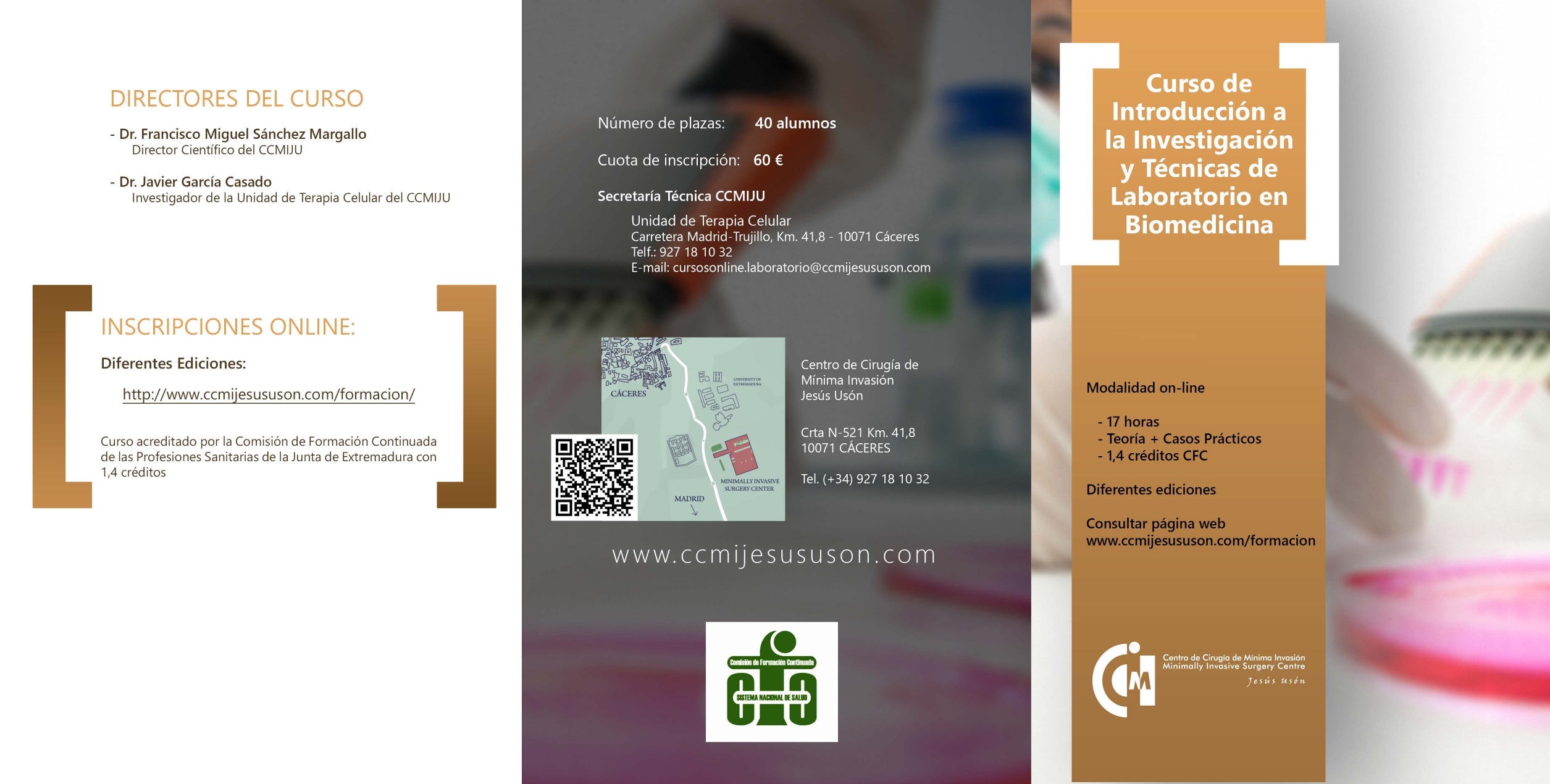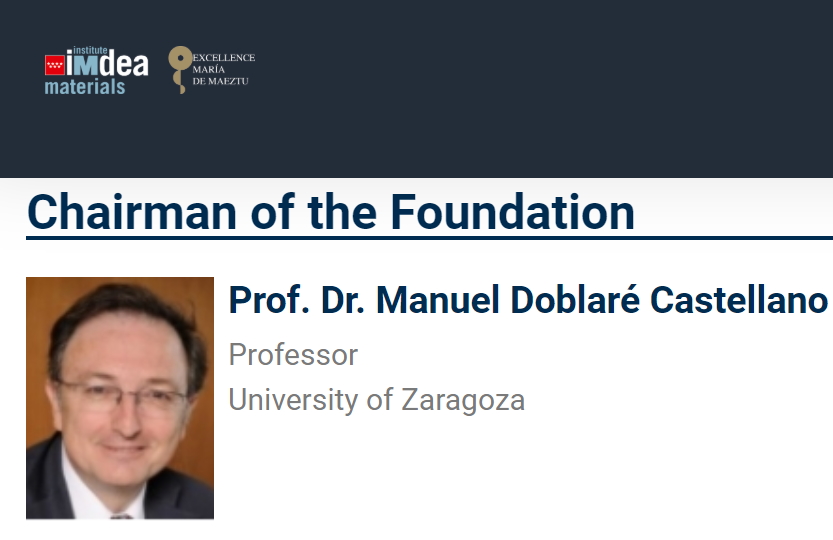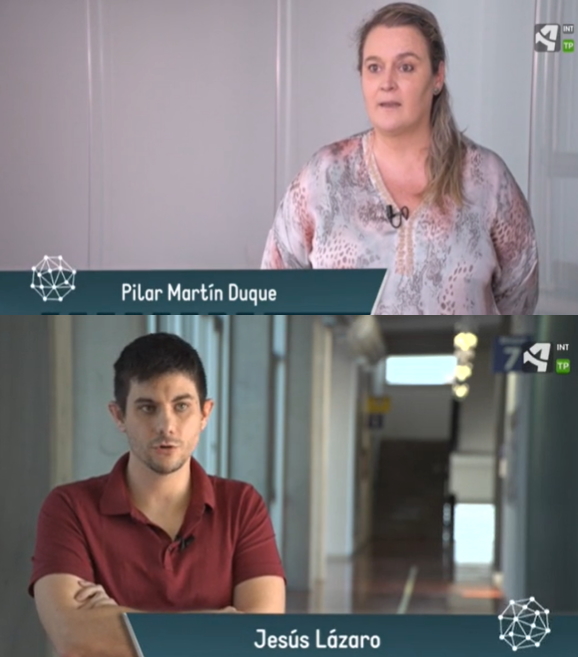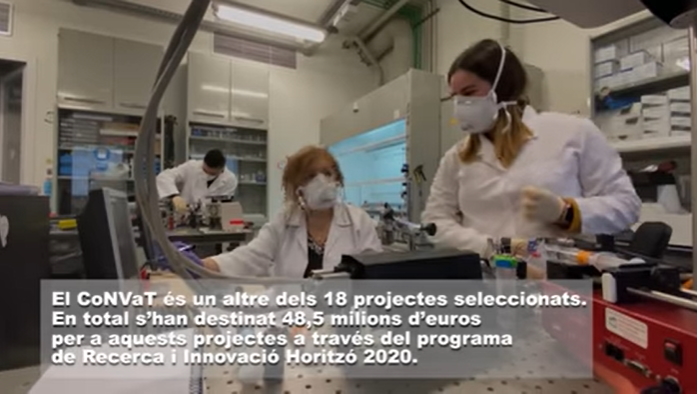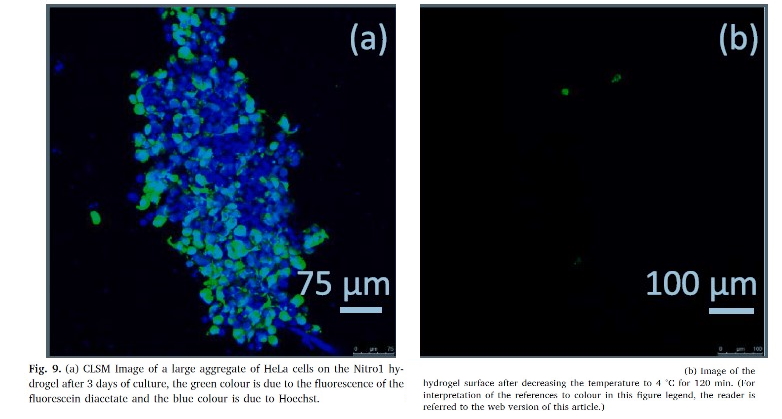Biocidal releasing dressings of natural origin to treat topical wounds and avoid antibiotic resistance
Researchers of NANBIOSIS U9 Synthesis of Nanoparticles Unit, of the CIBER-BBN at the University of Zaragoza, use thymol as a natural biocide, a component present in the essential oils of thyme and oregano, thus fighting against the predictions that in 2050 there will be more deaths from infections associated with antibiotic-resistant bacteria than from cancer.
Some topical wounds caused by burns, by surgical procedures, diabetic foot ulcers, fistulas, pressure ulcers, etc. they can become infected and become chronic, rendering current treatments ineffective. Currently, the devitalized tissue is removed, the area is cleaned, it is drained and depending on the microbial presence present (fungi and / or bacteria) a topical antimicrobial treatment is used. However, in many cases it is inefficient, in addition the use of antibiotics favors the potential development of resistance
Researchers of the NFP group of the CIBER of Bioengineering, Biomaterials and Nanomedicine (CIBER-BBN) belonging to the University Institute in Nanoscience of Aragon (INA) of the University of Zaragoza, which coordinates unit 9 of NANBIOSIS, have developed biocide-releasing dressings of origin natural to avoid bacterial resistance to antibiotics.
Specifically, thymol has been used as a natural biocide, which is a component present in the essential oils of thyme and oregano. Said dressings have been validated in bacterial cultures and also in animal experiments showing that they are capable of reducing bacterial infections without harming skin cells (fibroblasts and keratinocytes).
Reducing bacterial load without damaging adjacent tissue
The team of researchers, led by Silvia Irusta and Manuel Arruebo, together with Gracia Mendoza (currently at the Instituto de Investigación Sanitaria de Aragón (IIS Aragón), in collaboration with the Lluís Luján group of the Veterinary School, deliberately infected a wound topical created in the animal model with Staphylococcus aureus, a common pathogen in cutaneous bacterial infections and in infections associated with implants.On these wounds, the biocidal release dressings of natural origin were applied and it was possible to reduce the bacterial load present without showing signs of irritation. or inflammation in adjacent tissue. Following this line of research, in a subsequent study (ACS Applied Bio Materials 2020, 3, 5, 3430–3439), the same team demonstrated that these dressings show less local toxicity than even one of the most commonly used local antiseptics, bactericides and fungicides, chlorhexidine.
The doses required to eliminate the infection using biocides of natural origin are greater than the equivalent doses of antibiotics, however, given the tremendous concern about antibiotic resistance, this proposal may be a future alternative. These results, which have been published in the European Journal of Pharmaceutics and Biopharmaceutics, will undoubtedly help to counteract the forecasts issued by the Centers for Disease Control and Prevention of the United States, which predict that in 2050 more people will die from infections associated with antibiotic-resistant bacteria than from cancer. Therefore, any validated solution that can replace antibiotics without generating resistance can overcome some of their limitations. In the future, the task force will seek to increase the effectiveness of these naturally occurring biocides by combining them with other antiseptics.
Reference article:
Drug-eluting wound dressings having sustained release of antimicrobial compounds Enrique Gámez-Herrera, Sara García-Salinas, Sofía Salido, María Sancho-Albero, Vanesa Andreu, Marta Pérez, Lluís Luján, Silvia Irusta, Manuel Arruebo, Gracia Mendoza. Eur J Pharm Biopharm. DOI: 10.1016/j.ejpb.2020.05.025
